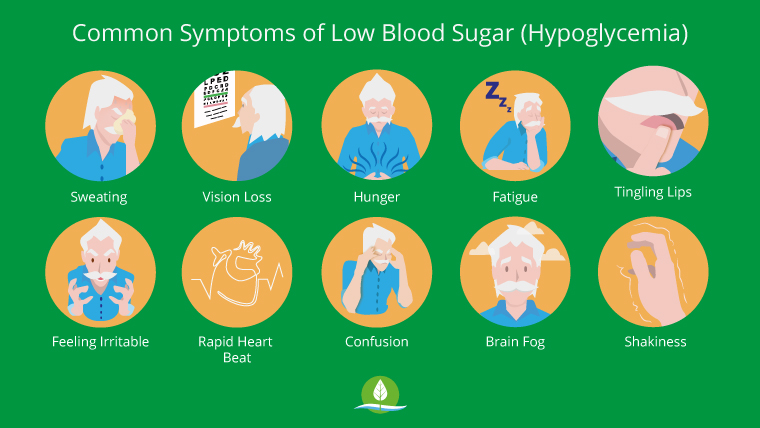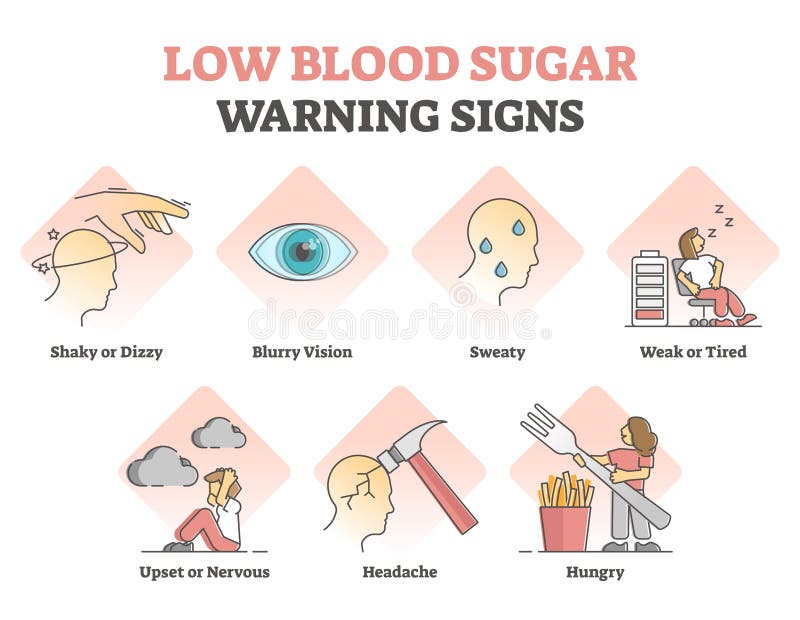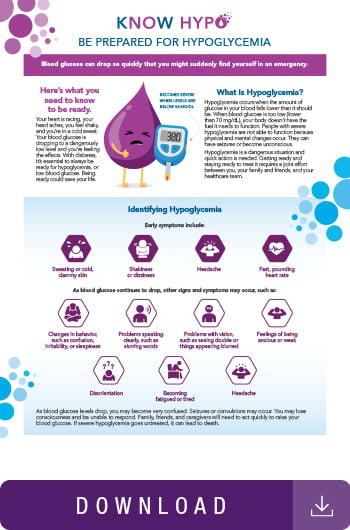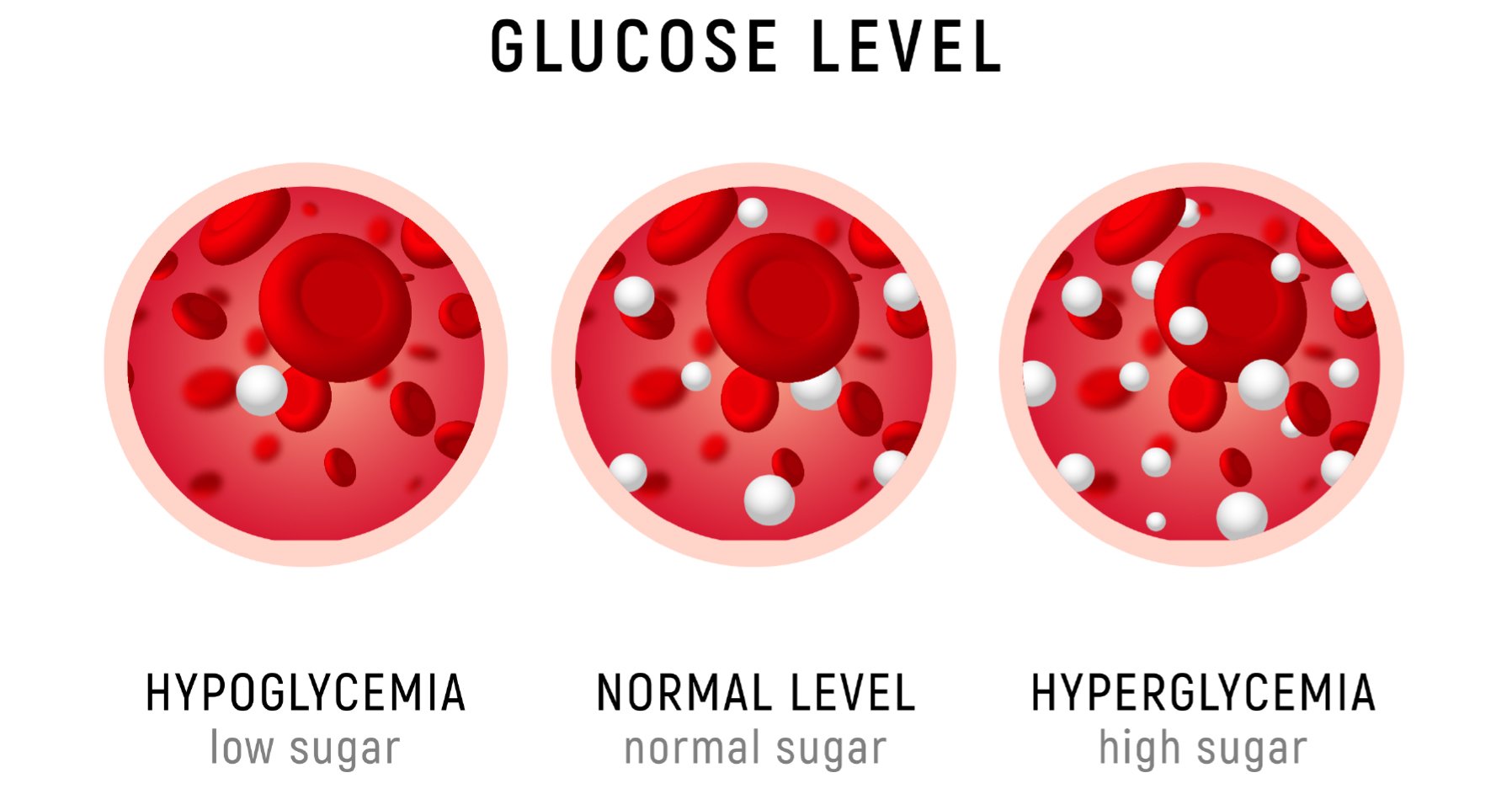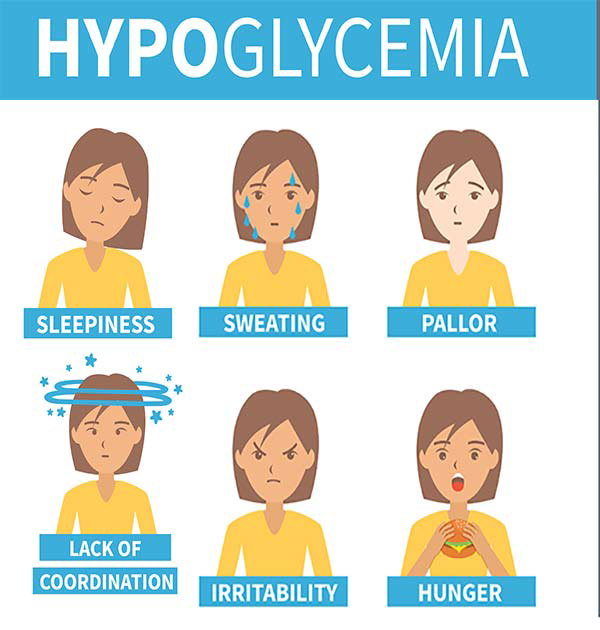Neat Tips About How To Diagnose Hypoglycemia
/hypoglycemia-symptoms-1298883_final-822f05c81d464bf8b93ef9ce32afa963.jpg)
Symptoms of dizziness, racing heartbeat, and confusion.
How to diagnose hypoglycemia. Your doctor may ask you to take. Use a continuous glucose monitor (cgm) or flash monitor to see. Reactive hypoglycemia can be diagnosed by measuring the amount of glucose in a person's blood while they're having symptoms as well as by observing if their symptoms.
Check your blood sugar level regularly and be aware of the symptoms of a low blood sugar level so you can treat it quickly. Severe hypoglycemia can be dangerous and must be treated promptly. Diagnosing low blood sugar when you have diabetes is simple:
Blood sugar levels change often during the day. Patients with severe hypoglycemia may experience unconsciousness or seizures due to low blood sugar. If your blood sugar is below 70 milligrams per deciliter (mg/dl) or as determined by your blood glucose meter, you need.
It’s a small machine that measures blood sugar. It will immediately show blood glucose levels,. The only way to know if you have hypoglycemia is to check your blood sugar with a blood glucose meter.
Monitoring blood glucose, with either a meter or a cgm, is the tried and true method for preventing hypoglycemia. While this is important, closely managing your blood sugar levels also increases your chance for low blood sugar (hypoglycemia). Symptomatic hypoglycemia is diagnosed clinically using whipple’s triad:
You may need to check your blood sugar more often. When they drop below 70 mg/dl, this is called having low blood sugar. Studies consistently show that the more a person checks blood.
/diagnosing-hypoglycemia-3976218_final-5d8de7d8621f492d9192049076a90e97.jpg)




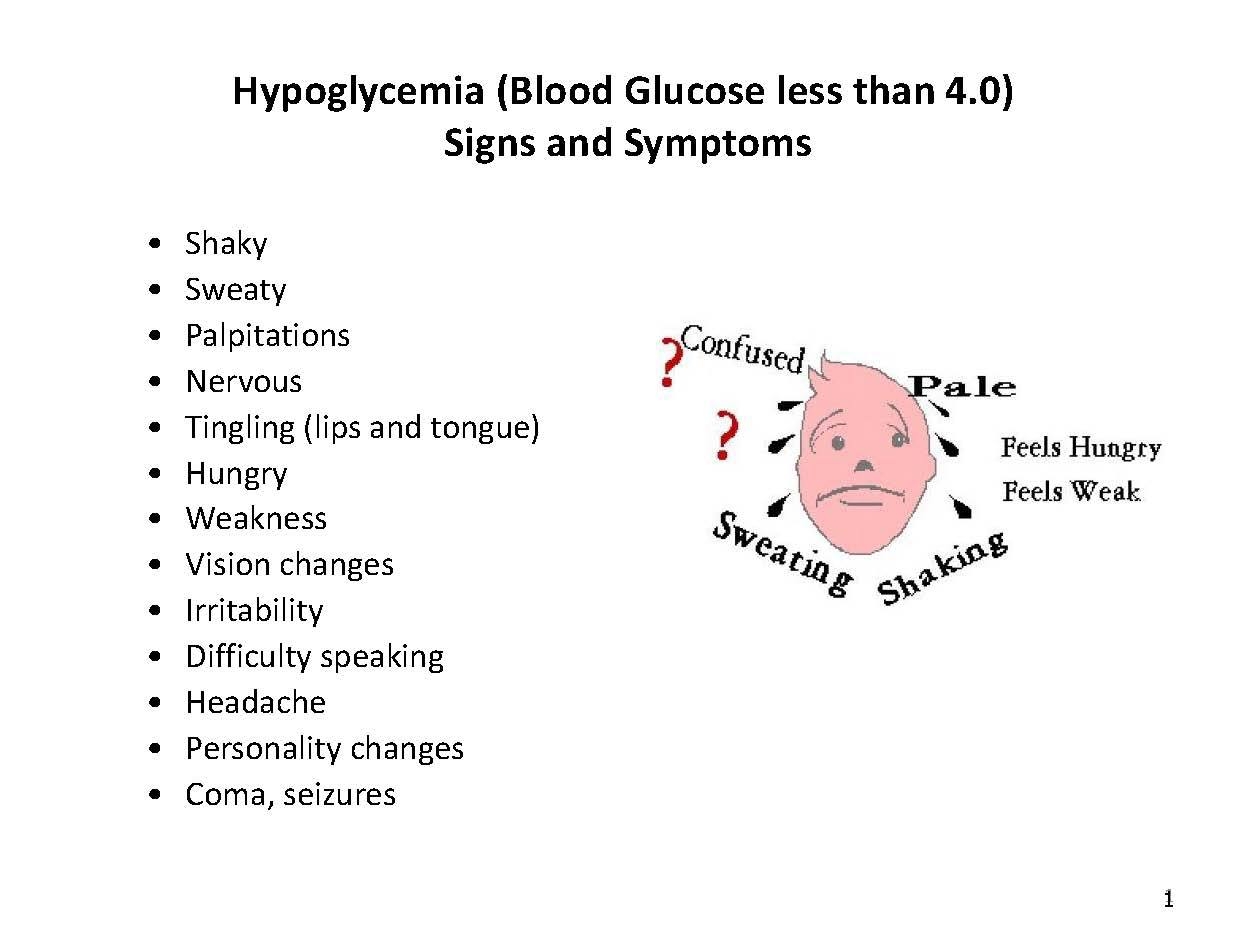
/what-to-know-about-reactive-hypoglycemia-1087744-ADD-FINAL-V2-816aeb42a8454caca819e5eb00f77d49.png)

